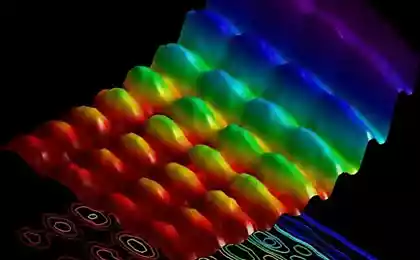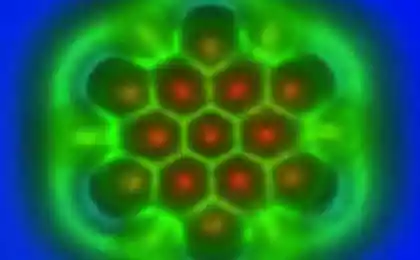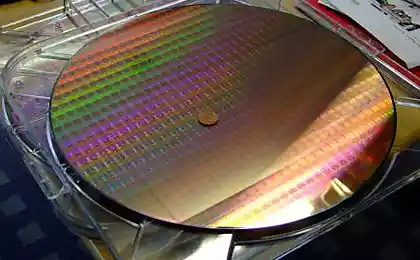329
Conventional silicon chips began to take quantum abilities

An international group of researchers from Switzerland, Britain and the Netherlands showed they have developed a technology that allows using light pulses to control quantum state of the qubits enclosed in an ordinary silicon substrate, and to read the value of that state using conventional electrical measurement techniques. Using this technology, scientists have created the simplest quantum switch that could be triggered within a millionth of a millionth of a second. This quantum switch, at least a thousand times overtaking the speed of other similar silicon switches, can rightly be considered the fastest man-made quantum device in the world today.
"In the field of quantum computing is widely used the fact that atoms or other quantum particle can exist simultaneously in two States, for example, be in the lowest and excited energy state. It is known as the state of quantum superposition, which is well illustrated by the experiment of schrödinger, where a cat is both alive and dead", says Dr. Ellis Boyer (Dr. Ellis Bowyer), a scientist from the University of Surrey. — Superposition state orbital momentum of the atoms is very thin but we found that the silicon environment creates a perfectly clean environment for the phosphorus atoms, which store quantum information, trapped in the silicon crystal lattice".
Using ultrashort, lasting a few trillionth fractions of a second, impulses of laser light, the scientists placed an atom of phosphorus in the state of superposition that depends on the exact time of the impact pulse. In addition, the state of superposition remains intact even when the electrons flowing through the chip electric current "overfly" the phosphorus atom. "After that, we found a strange and unbelievable fact," says Dr. Boyer. — Is the current through the structure of a quantum bit current depends on its quantum state".
The efforts of a group of scientists from the University of Surrey, University College London, the University of Heriot-watt in Edinburgh, the University of Nijmegen and the Swiss Federal Institute of technology (Swiss Federal Institute of Technology, ETH) have been noticed and appreciated by the scientific community, allowing scientists received funding from the British Council EPSRC (Engineering and Physical Sciences Research Council), they need to continue their research. Next, the researchers will be engaged in the design, development and testing of quantum elements that will serve as building blocks from which the future will be to create not only high-speed silicon quantum computers, but also a number of other devices, such as ultra-precise clocks and ultra-sensitive biomedical, chemical, and other sensors. published
Source: www.dailytechinfo.org






















